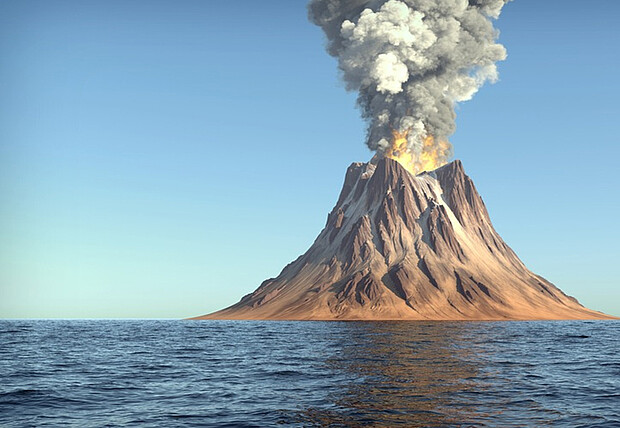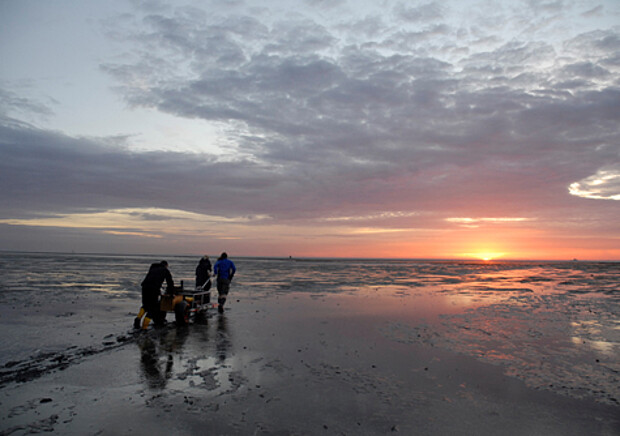Between escape and adaptation – Past climatic changes and their consequences


Since the 1990s political and social awareness of the consequences of climate change has increased significantly. Equally, the awareness of climate changes in the past and the immediate consequences for past societies has grown. Especially in the coastal areas characterised by sea level changes, people had to react to the changing living conditions in all phases of history. Research into the key factors and the reactions of the affected communities have therefore played a central role in the research concept of the NIhK for a long time. But only in recent years has the climate itself, which is of particular importance as a driving force for living conditions in the coastal areas, been consistently included in the research of the institute in order to reconstruct the consequences of climatic changes for the coastal areas with a diachronic research approach.
Research into historical processes caused or triggered by climatic changes plays an important role in most of the NIhK projects; this applies in particular to the following projects:
Current:
CoastAdapt: Sustainable coastal protection for Lower Saxony
Maritime sediments as environmental indicators
Dwelling mounds and beach ridges in northern Butjadingen
WadWad
Completed:
Pingo remnants - environmental archives
Von Yoldya zu Littorina im Fehmarnbelt
Prehistoric traces on the seafloor
